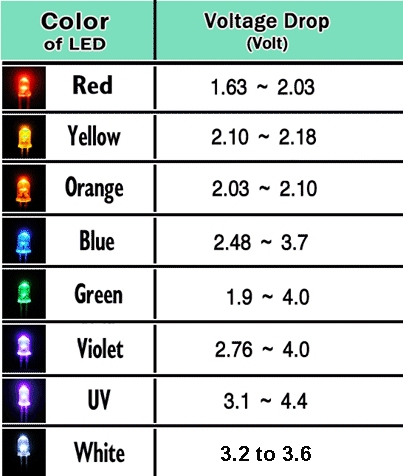If you're going to run them in parallel you need a resistor value which equals (V1-V2)/I. Where V1 is your power source voltage, V2 is the voltage drop across the LED, and I is the amount of current your LED is rated to draw (usually around 20mA IIRC). So you wire the correct resistor (use the closest higher resistor value to the calculated resistance) in series with the led.
If you wire multiple leds in series, your V2 is the sum of their voltage drops & I is the current draw of the leds (don't sum it, as current drawn is equal to the highest demand from the devices in series). When you DO sum currents is when finding out how much current a parallel circuit will demand and you take the sum of the current demands of each circuit loop. You won't have to worry about that as a lion battery pack will have more than sufficient discharge capability to drive a bank of LEDs for a nerf blaster. Where lion batteries fail at delivering is in high current applications like flywheel & pusher motors. Just make sure the resistors you use are the right values according to (V1-V2)/I.
We're getting into intro to linear circuit theory here so I'll stop.
Important edit: Agreed with Duke here. For Pete's sake, don't drive these LEDs with a lipo! That's only okay if you're using a voltage regulator! A lipo is massive overkill and only appropriate with circuit protections and because it's being used to drive upgraded flywheels & pushers.
Edited by SirBrass, 13 March 2017 - 06:38 PM.
















